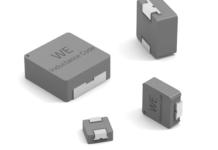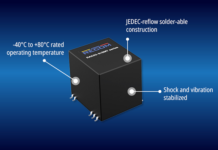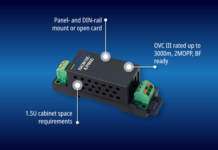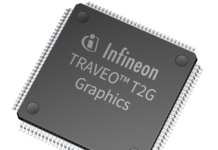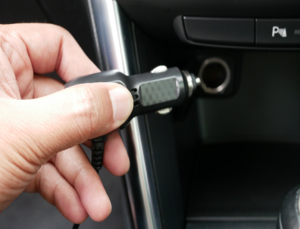
Car Power Inverter – 12V to 230V – an indispensable travel companion
Electricity-powered devices surround us and make life easier and more comfortable. In smart homes, equipped with advanced automation, we use convenient induction cookers, heat is provided by electric heaters, while the most common form of entertainment is a TV or computer connected to the Internet. We cannot imagine living without them. But what if we decide to go camping, a few days’ boat trip or camping in tents? What about the everyday conveniences of electricity? Do we have to look for a shopping mall where we can charge the phone and use the computer? Well, no. A small size device connected to our vehicle is enough to power the most necessary appliances, such as a coffee machine, laptop, or hairdryer. We are talking about a car inverter.
How does a car inverter work?
The electrical appliances for everyday use referred to above require 230V AC power to work properly. Passenger cars are equipped with 12V DC batteries, while trucks are equipped with 24V batteries. To use electricity from the vehicle, a DC to Ac power inverter is plugged into the car cigarette lighter or directly to the battery, which converts the battery current into AC of the appropriate voltage. It is worth remembering that the car lighter socket is usually protected by a 10A fuse, which means that we can connect devices with a maximum power of 100-120 W. With higher current consumption, the inverter should be connected directly to the battery.
Construction and types of inverters
Inverters are compact and handy devices that won’t clutter up our holiday-laden car. Properly selected dimensions of the device allow it to be placed between the seats and allow access to the socket from any place. Car inverters usually take the form of a rectangular or cylindrical box equipped with one or more electrical sockets, which is connected to the vehicle by cables. High quality inverters are equipped with short-circuit protection, overload protection, and over temperature protection. This makes their use completely safe. There are two main types of car inverters.
- Pure sine wave inverters – designed for devices that require a continuous power supply. For example, in the case of a camping, we will use such a converter to run a refrigerator or air conditioner. A sinusoidal voltage waveform will allow you to watch TV without unwanted interference, or even run a pump. It is also suitable for powering power tools. A pure sine wave car inverter covers a larger spectrum of applications, which unfortunately is reflected in the price of the device.
- Modified sine wave inverters, with their wave very roughly resembling the shape of a sine wave, are not suitable for powering induction devices and those equipped with electric motors. However, they will manage to power a laptop or an electric heater. Such a device will therefore satisfy the most urgent needs on a holiday trip at a relatively low cost.
Choosing an inverter for your car – which parameters to pay special attention to?
In order to select the most suitable inverter for our needs, it is important to familiarise ourselves with the basic technical parameters of the device. This will allow the equipment to be used safely and to provide sufficient power.
- The power of the inverter – each unit is characterised by its rated power and maximum power (e.g., 600W/1000W). The first one is the continuous output power, which refers to the power maintained by the inverter for a long time. This power should not be used in its entirety, but in about 85% for long-term operation. The second value corresponds to the instantaneous output power, i.e., lasting for less than a second. It allows more power to be consumed during the start-up of the device. It is also important that the inverter is selected according to the user’s needs. Oversized inverter will discharge the car battery much faster;
- Inverter cooling – in the case of high-powered devices, an efficient cooling system is a very important element of the inverter. The fan will protect the unit from overheating;
- The number of sockets – the most common is the design with one or two electrical sockets;
- Inverter size – suitable dimensions allow the device to be placed comfortably in the limited space of a car;
- Necessary protections, e.g., over temperature or short circuit protections will allow safe use of the device and protect the powered equipment.
A very interesting function of modern car inverters is auto-restart, which is activated when the overload protection is activated or when the voltage drops unexpectedly. Unaware of this situation, the user could overlook the automatic switch-off of the appliance and fail to start it up in time and defrost the fridge.
Summarizing the above
The selection of a suitable car inverter should be based on the real needs of the future user. If it is only to supply the laptop, an economically justified purchase will be a modified sine wave inverter. If, on the other hand, it is required to supply household appliances, it will be necessary to purchase a device capable of generating a pure sine wave. An inverter must both have adequate power for the expected consumption and ensure comfortable and safe use, so when choosing an inverter, it is worth considering which devices it can run.
Text prepared by Transfer Multisort Elektronik Sp. z o.o.
The original source of text: https://www.tme.eu/en/news/library-articles/page/43982/choosing-the-right-inverter-for-your-vehicle/



